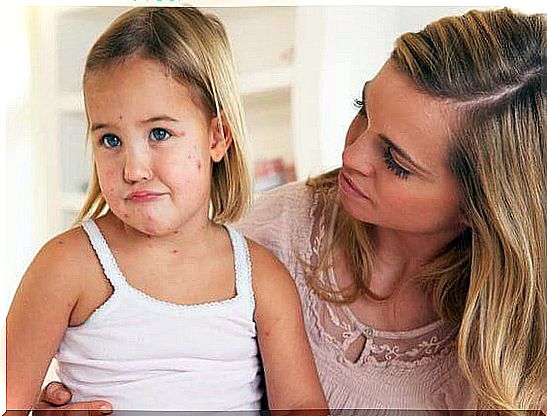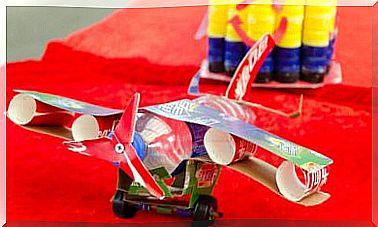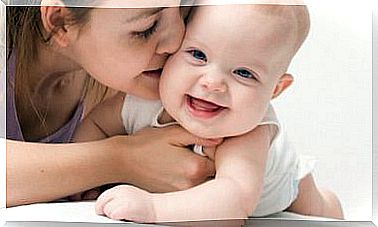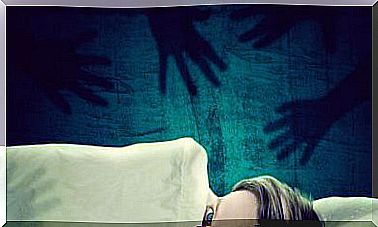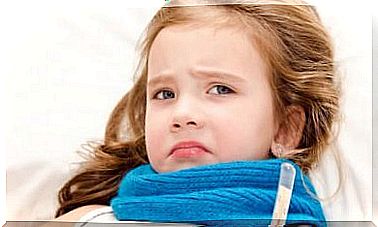Do You Know Childhood Scarlet Fever?
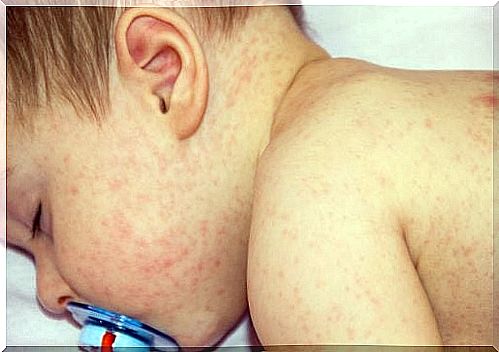
Scarlet fever is a common childhood infection. It is a disease of the same type as measles, chicken pox, and rubella. However, it is not the viral type like the previous ones, and the treatment is different.
These diseases are known as rashes because they manifest through spots, red dots or small pimples on the skin called exanthemas. Scarlet fever and the other diseases of this type are not usually fatal.
Origin and transmission of scarlet fever
Scarlet fever is caused by a bacteria or germ called “beta-hemolytic streptococcus” group A (GABHS). It is transmitted by direct contact.
It can also be spread by drinking from the same glass or eating with the same cutlery as someone who has it. Contact with injuries also causes contagion, therefore it can be spread by touching toys or other objects of a sick child.
In its early stages, scarlet fever can be mistaken for classic tonsillitis, as the symptoms are similar.
The most obvious signs
Scarlet fever begins, on the first and second day, with a high fever that can reach 40º. It will be accompanied by a severe sore throat, redness and swelling of the tonsils and glands, chills, vomiting and, in some cases, abdominal pain.
On the other hand, this inflammation in the mouth and throat area, in addition to nausea, will probably cause the child to lose their appetite.
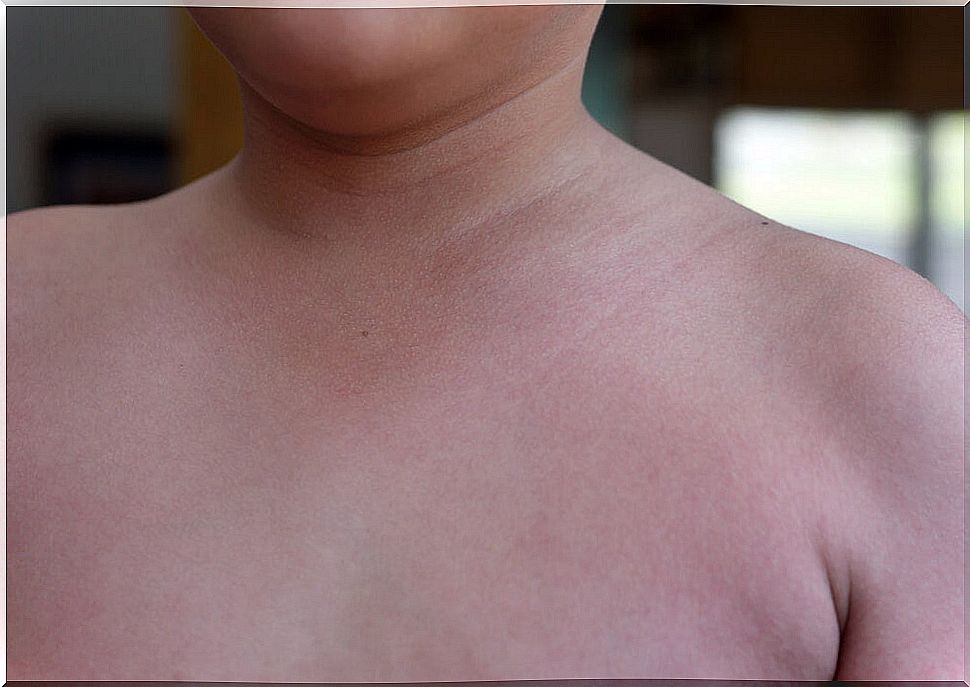
The appearance of symptoms
During this first period, the scarlet rash that gives the disease its name appears. It is red and rough. It appears first in the groin area (area between the abdomen and upper thighs) and then in the neck and armpits.
The main characteristic of the scarlet fever rash is its sandpaper texture. Initially the red dots are flat.
Between the third and fifth day of the onset of symptoms, the rash acquires volume on the skin, spreads and reaches the entire body of the child. The tongue turns red and has small red bumps that resemble a raspberry.
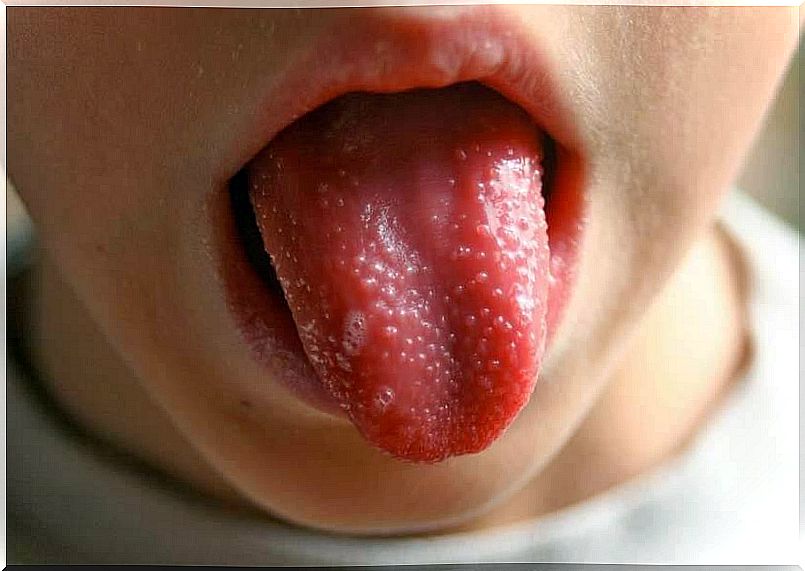
Those bumps are actually the inflammation of the taste buds that give it that appearance. The area around the mouth may appear pale and without a rash, in contrast to the rest of the skin that will be reddened.
In a couple of days the skin flakes, even on the palms of the hands and soles of the feet.
Treatment
The recommended treatment for scarlet fever is antibiotics, the only appropriate drugs to fight bacteria. It is important that parents do not medicate the child if they are not qualified to do so.
Some bacteria become resistant to antibiotics from being treated with inappropriate medications. A pediatrician or immunologist are the specialists indicated to diagnose and prescribe treatment.
What can I do if my child has scarlet fever?
To help the child’s recovery, it is advisable to maintain their hydration constantly with water. It is also recommended that you eat fruit juices rich in vitamin C and vegetable soups.
Additionally, it is recommended to monitor the temperature and other symptoms in case they need immediate medical attention. An urgent care symptom may be the case of the child having an inability to swallow.
When not properly treated with antibiotics, there may be complications or sequelae such as:
- Rheumatic fever.
- Kidney diseases.
- Infections of the skin and throat.
- Inflammation of the ear
- Serious diseases of the respiratory system such as pneumonia.
The most effective way to avoid infection is to wash your hands. Also avoiding sharing toothbrushes, glasses, plates and cutlery. On the other hand, caregivers of children should wash their hands every time they are in contact with him, to avoid contagion.
